2003 Land Rover Range Rover

| The Good: – Classic good looks – Huge luxury interior – Excellent offroad vehicle | The Bad: – Not very fast – Interior seats only five people – Petrol costs may be a concern |
Starting off the luxury offroader phenomenon back in the 1970s, the Range Rover goes back to its roots for the new millenium in terms of design and capability. The current Range Rover was redesigned in 2003 and remains the most luxurious 4WD ever. Available in standard HSE or top Vogue trim levels. Range Rover models before 2005 miss out on a few gadgets. Changes for the 2005 model year Vogue included a new seven-inch touch-screen driver interface, premium satellite navigation system, acclaimed harman/kardon audio system, an in-car personal telephone integration system and wireless instant-relay camera linked to the touch-screen.
The vehicle’s interior is elegant and simplistic, using special wood, supple leather and deep cut pile carpeting to complete the luxurious appointments. New features added in 2004 include a rain sensor windshield wipers that activate automatically when water is detected and an integrated cargo area luggage net. The Range Rover Vogue has contoured seats which feature 14-way adjustment for driver with memory. Leather is covering everything on door pulls, grab handles, center console lid and even on upper dashboard. New for 2005 is the seven-inch touch-screen that offers the latest in screen technology with exceptional resolution, and is fitted as standard on all Vogue models. This user-friendly technology controls the navigation, audio, telephone and television systems. Also featured are trip computer settings, the VentureCam screen and useful 4×4 information. A new, premium 3D navigation system is introduced, from industry-leaders, DENSO. The system uses a combination of voice, map and text instructions on destinations, local services, traffic, locations, directions, and journey lengths and durations. Controls can be managed via either the Touch Screen or the Voice Control system, giving added owner safety.
The upgraded sound system from Harman-Kardon turns the interior into a full-fledged concert hall. Featured are a six-disc changer compatible with CDs and MP3 discs, and is controllable with either the touch-screen, steering wheel or a fancy voice recognition system. The system employs 14 speakers that produce the most scintillating surround sound with upto 710 watts of digital amplification. To further enhance the in-car entertainment package, a DVD-based rear seat entertainment system with video playback with two screens mounted in the rear of the front seat headrests are available as an optional feature. Audio playback comes through the Range Rover’s surround-sound system or wireless headphones, which can operate independently of other audio applications, offering the driver and other passengers a choice of audio, video or gaming entertainment. The optional DVD system can be operated via remote control or the touch-screen. Such systems are usually the domain of aftermarket companies, but Land Rover is breaking new ground in the Middle East with this setup. The TV and radio systems are also improved thanks to the number of antennae in the rear screen and quarter lights being increased from two to four, resulting in better reception and picture quality.
Introduced in 2005, an optional new personal telephone integration system came housed within the centre console of the Vogue, featuring a cradle that is compatible with modern mobile telephones. Once in place in the cradle, the user’s mobile telephone is fully operational, in-car. Owners of compatible and configured Bluetooth enabled mobile telephones are automatically linked to the system as they approach the vehicle. Once in-car enabled, the mobile telephone can be controlled via either the touch-screen, steering wheel controls or the voice recognition system, all of which allow standard call making and answering facilities to be used, as well as access to phone books and text messages.
Another option available in 2005 was the unique VentureCam, which is a wireless instant-relay camera that transmits real-time, colour, moving pictures back to the touch-screen from anywhere within a 20 metre radius of the vehicle. When not in use, the camera is housed in a docking station embedded within the front passenger dashboard fascia, where it is re-charged. Typical off-road driving applications for the VentureCam might be to position it outside the vehicle in extreme off-road conditions, helping to avoid unwarranted damage to the vehicle. The waterproof VentureCam is said to be extremely robust and rugged.
Among the Range Rover’s key technical features are a monocoque body with integrated chassis, all-independent suspension with interconnected air springs, advanced five-speed automatic transmission featuring CommandShift control allowing manual sequential shifting, and a two-speed, electronically activated transfer gearbox which has the ability to shift from Low to High and High to Low ratio on the move, Torque-sensing Torsen center differential continuously and automatically changes the torque bias between front and rear axles depending on available traction, Extensive use of aluminum body panels and sub chassis for weight reduction, outstanding crash test performance and eight airbag occupant protection, Up to 62 cu.ft. of cargo capacity and up to 11 inches of ground clearance.
The Range Rover’s on-road handling used to be truck-like for years, but it seems to finally have been fixed. The highway ride is quiet and almost Mercedes-like, and cornering capabilities are adequate for such a large 4×4. Central to the Range Rover’s great on-road and off-road handling and ride is the subframe-mounted fully independent air suspension, which allows the Range Rover to reduce ride height at high speeds and increase height when offroading. A consequence of this is that this tall 4×4 has no stepping boards, choosing instead to lower itself everytime passengers want to get on or off. The chassis also features a number of electronic traction control systems including Dynamic Stability Control (DSC) and the Land Rover-pioneered Hill Descent Control (HDC). Emergency Brake Assist (EBA) and Electronic Brakeforce Distribution (EBD) supplement the standard anti-lock brakes (ABS).
The all-aluminum BMW-sourced 4.4-litre V8 engine is free-revving thanks to its 32-valve, DOHC design. It produces 281 hp at 5,400 rpm and generates 597 Nm of torque at 3,600 rpm. It can tow up to 3500 kg or cruise at speeds up to 200 kph. Acceleration however is just barely adequate, taking almost 10 seconds to hit 100 kph from standstill. The immense weight of the Range Rover is too much for the V8, and poor fuel economy is a given. The transmission provides fully automatic and manual operation, even in low range.
The new Range Rover has a comprehensive package of active and passive safety features including eight standard airbags protecting both front and rear passengers in frontal and side collisions. Given its huge size and solid construction, the Range Rover is a safe bet anyway. These new ones are much more reliable than the older ones. But there have been stories of breakdowns and recalls with the new models, especially early 2003 cars. Problems which have surfaced on some early models include the steering column and the differential. Make sure the previous owner got these problems fixed under warranty from the dealer. Land Rover eliminated these problems on the later models. Regular maintenance is of utmost importance to keep away future problems. These British vehicles depreciate quickly in price, so expect to get a good deal from private owners as used car showrooms artificially keep the prices high.
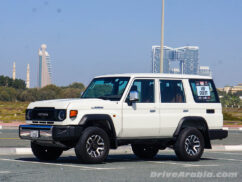
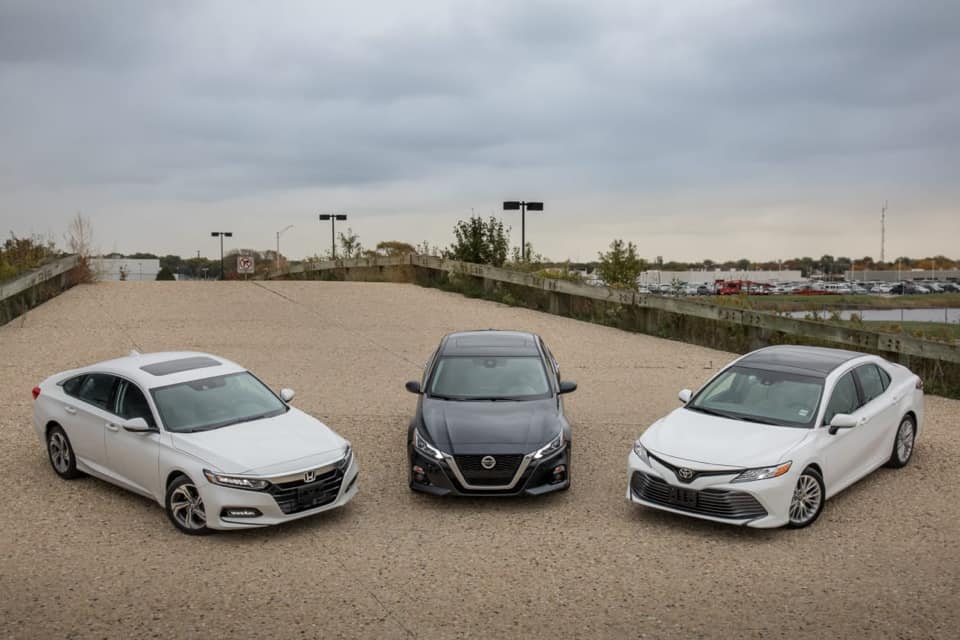
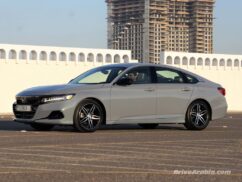
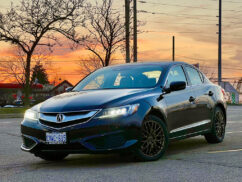
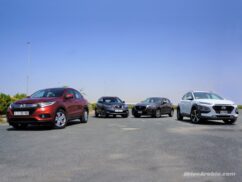
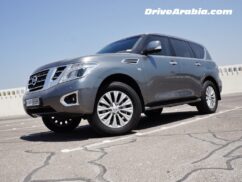
Comments are closed. Please send an email if you have any feedback.